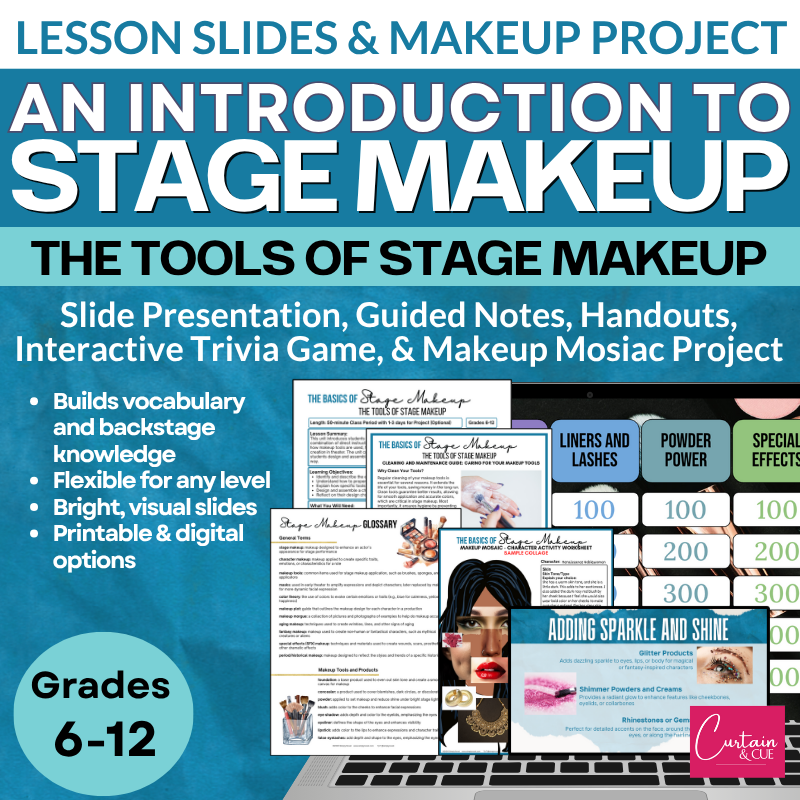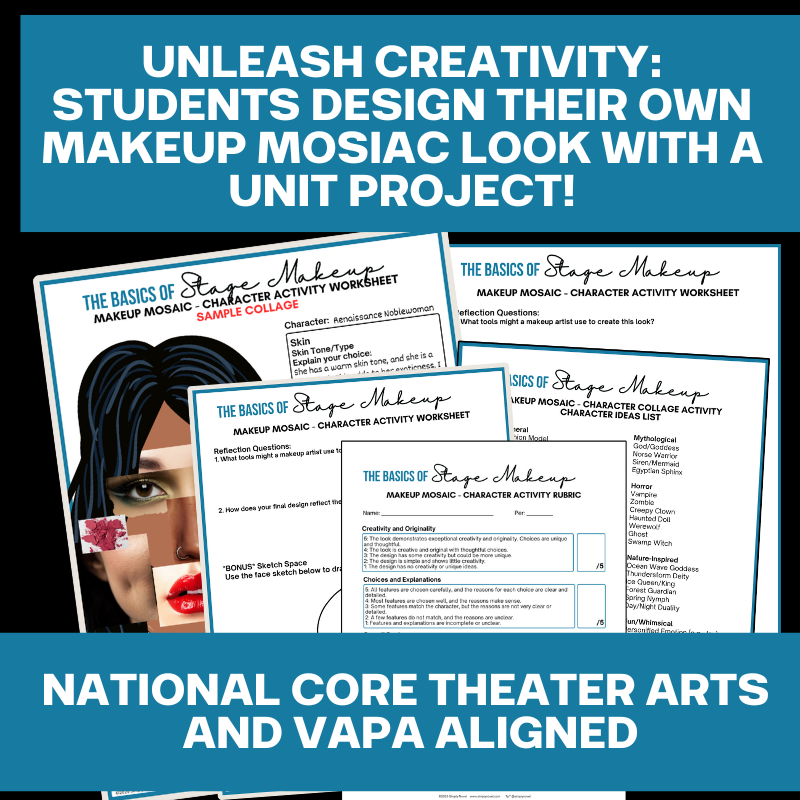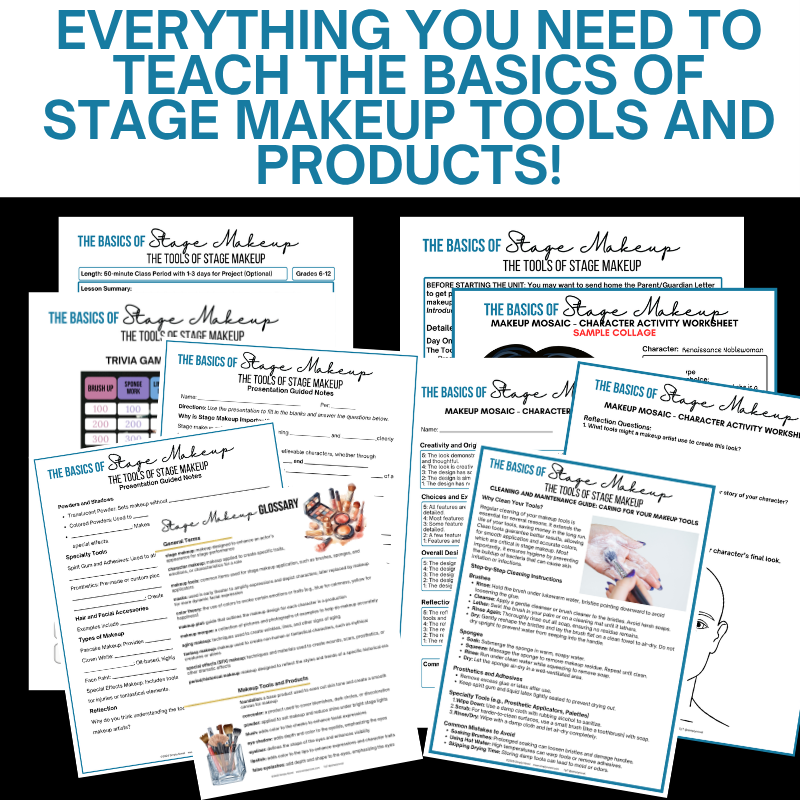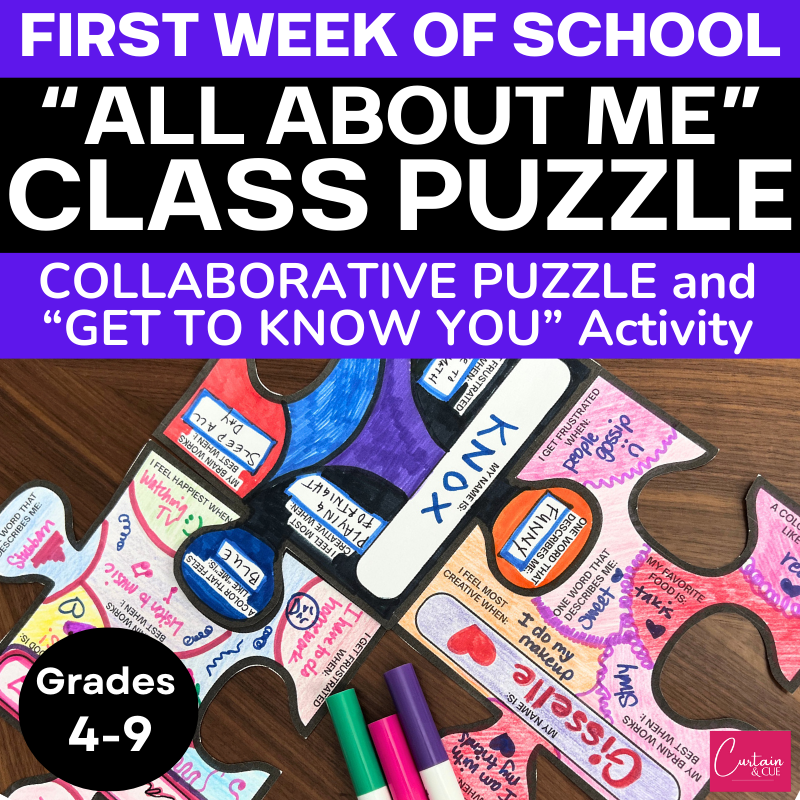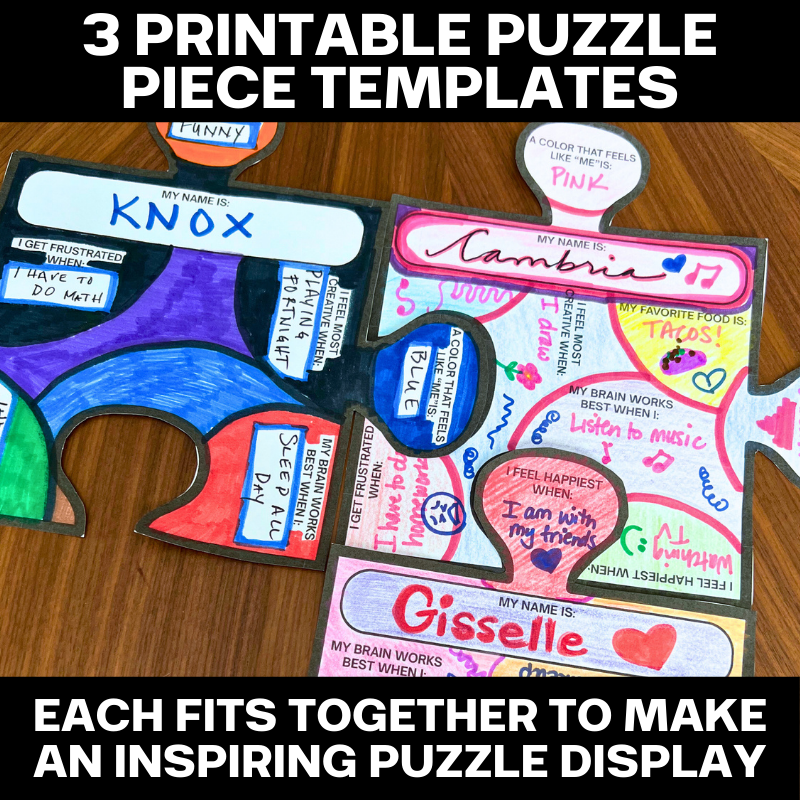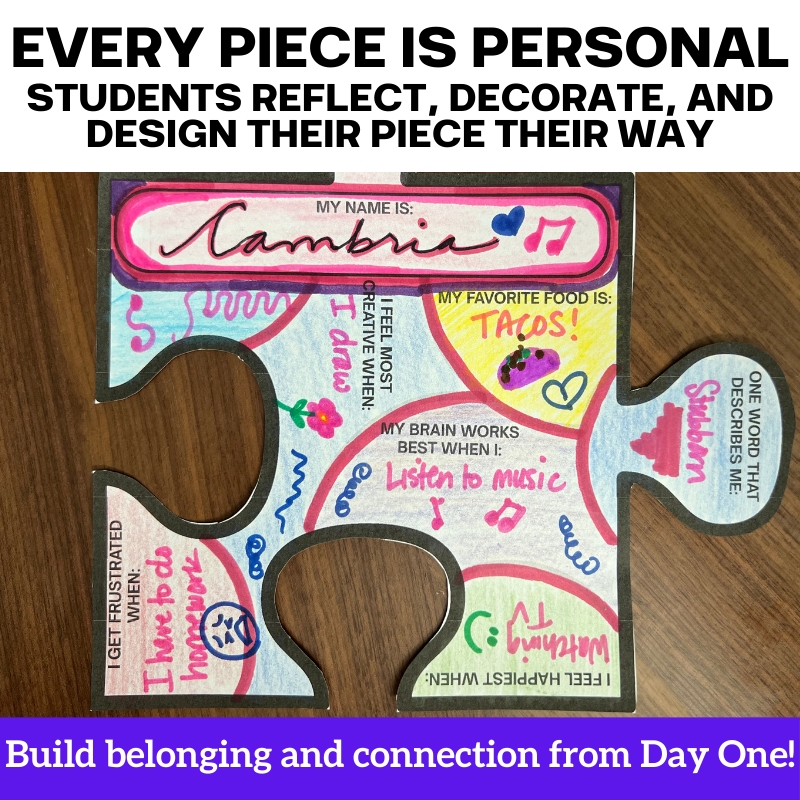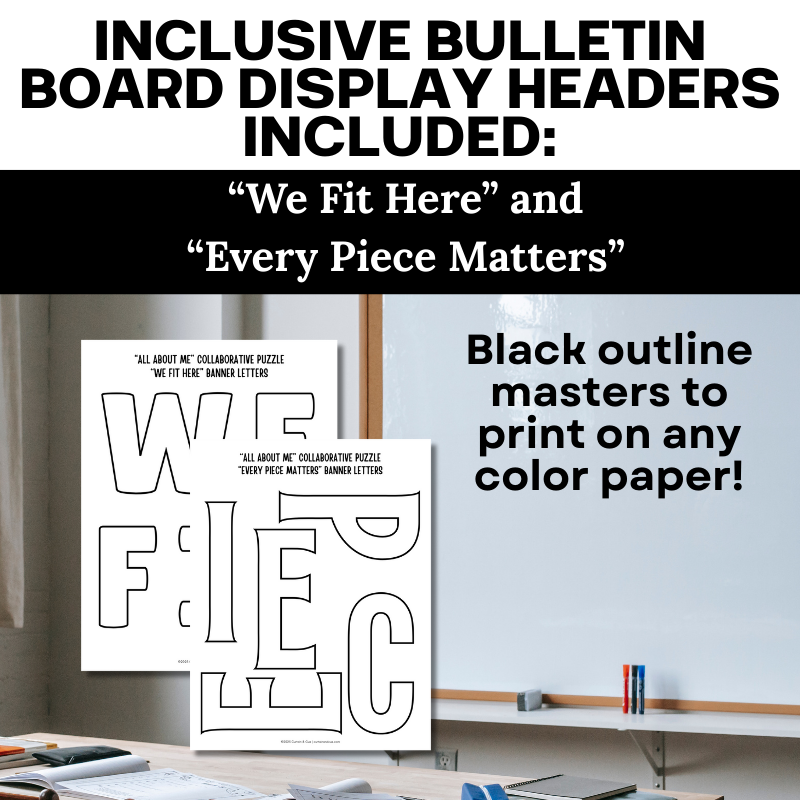Why Teachers Love It:
Gets students up and moving while teaching key staging concepts
Encourages collaboration, creativity, and physical storytelling
Flexible for different class sizes, time frames, or tech limitations
Includes built-in structure for grading, group management, and reflection
Ideal for sub plans, end-of-unit projects, or ensemble warm-ups
Supports both beginning and intermediate performers
Learning Objectives:
Use blocking, levels, and spacing to tell a visual story
Collaborate in small groups to plan and rehearse two stage pictures
Respond to an external event with physical reblocking
Reflect on how movement and stage composition affect meaning and focus
Practice ensemble communication and theatrical decision-making
Timeframe: 1-2 Class periods
What’s Included:
A clear, two-day lesson plan (plus classroom setup tips)
8 scenario cards with unexpected dramatic changes that demand movement
Clear required elements and student-friendly notes on each card
Student reflection questions (short & specific)
Teacher rubric for scoring preparation and performance
Group tracking sheet to keep you organized
Adaptations for ELL and Special Education students
Reflection prompts and discussion questions for presentations
Extension ideas for added challenge or cross-curricular use
Why Students Love It:
They get to create, move, and experiment — no lines to memorize
Scenarios are surprising, fun, and dramatic — with lots of room for interpretation
Encourages bold choices and group creativity
Makes them feel like directors and performers at the same time
Instant feedback from peers and audience helps build confidence and clarity
Who It’s For:
Grades 8–12 drama and theater classes
Beginning through intermediate performers
Teachers introducing or reinforcing blocking, focus, and movement
Arts-integrated classrooms looking to combine story, space, and collaboration
Sub days, creative units, performance prep, or warm-up work






